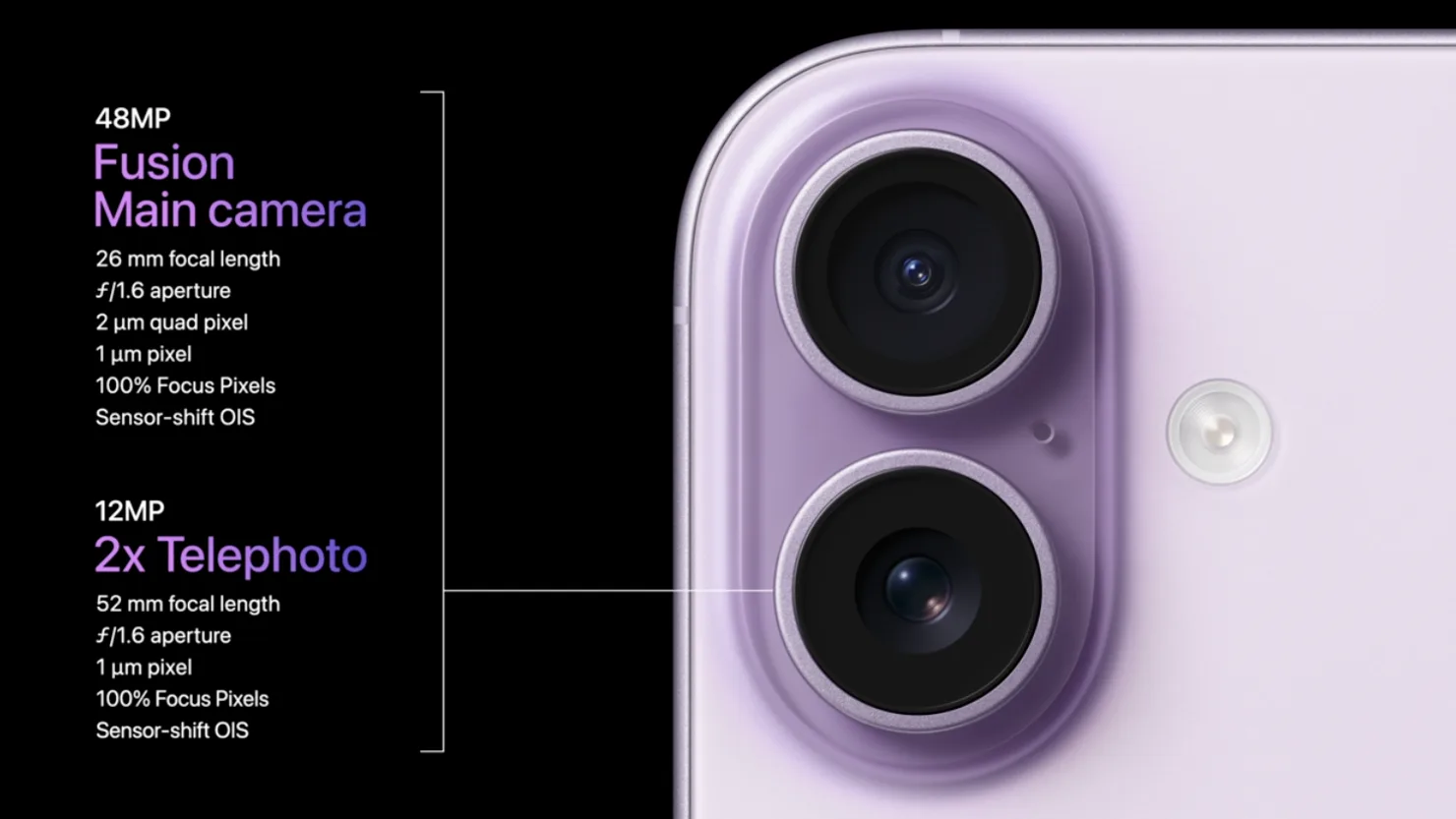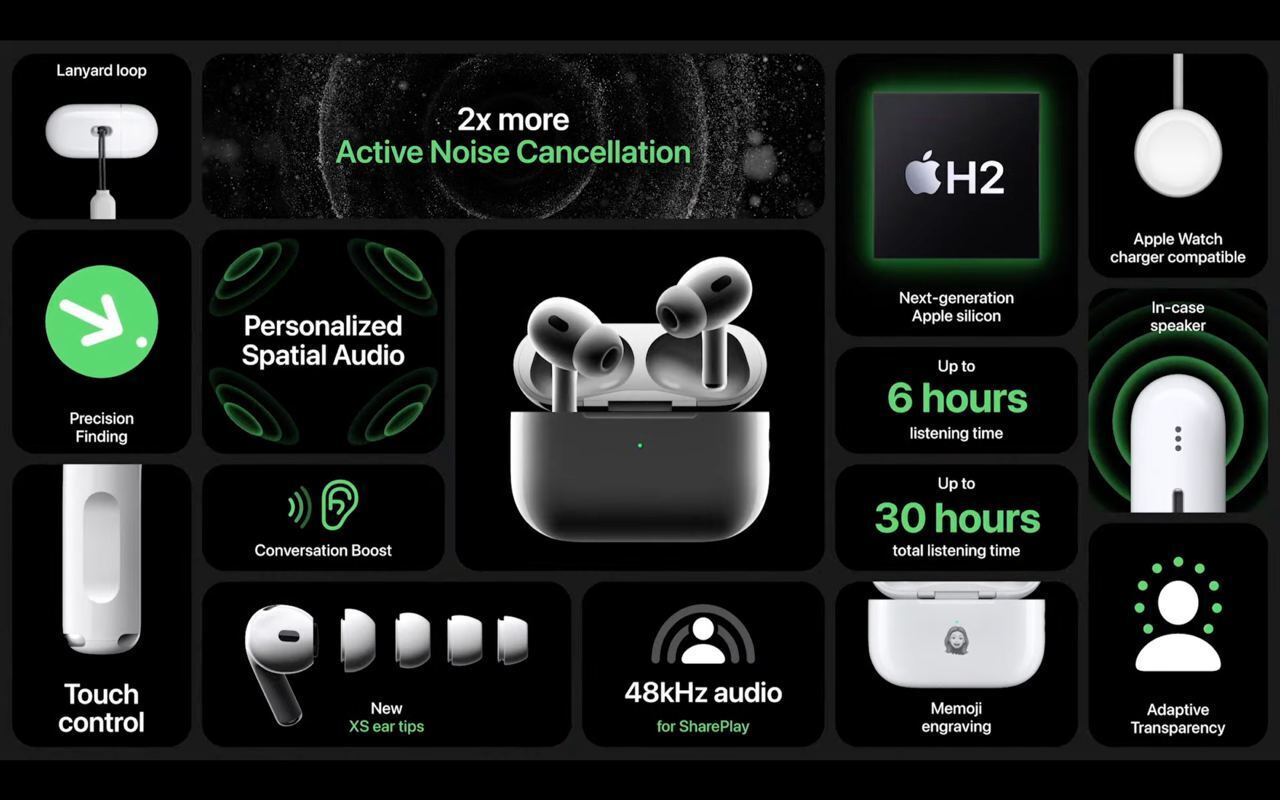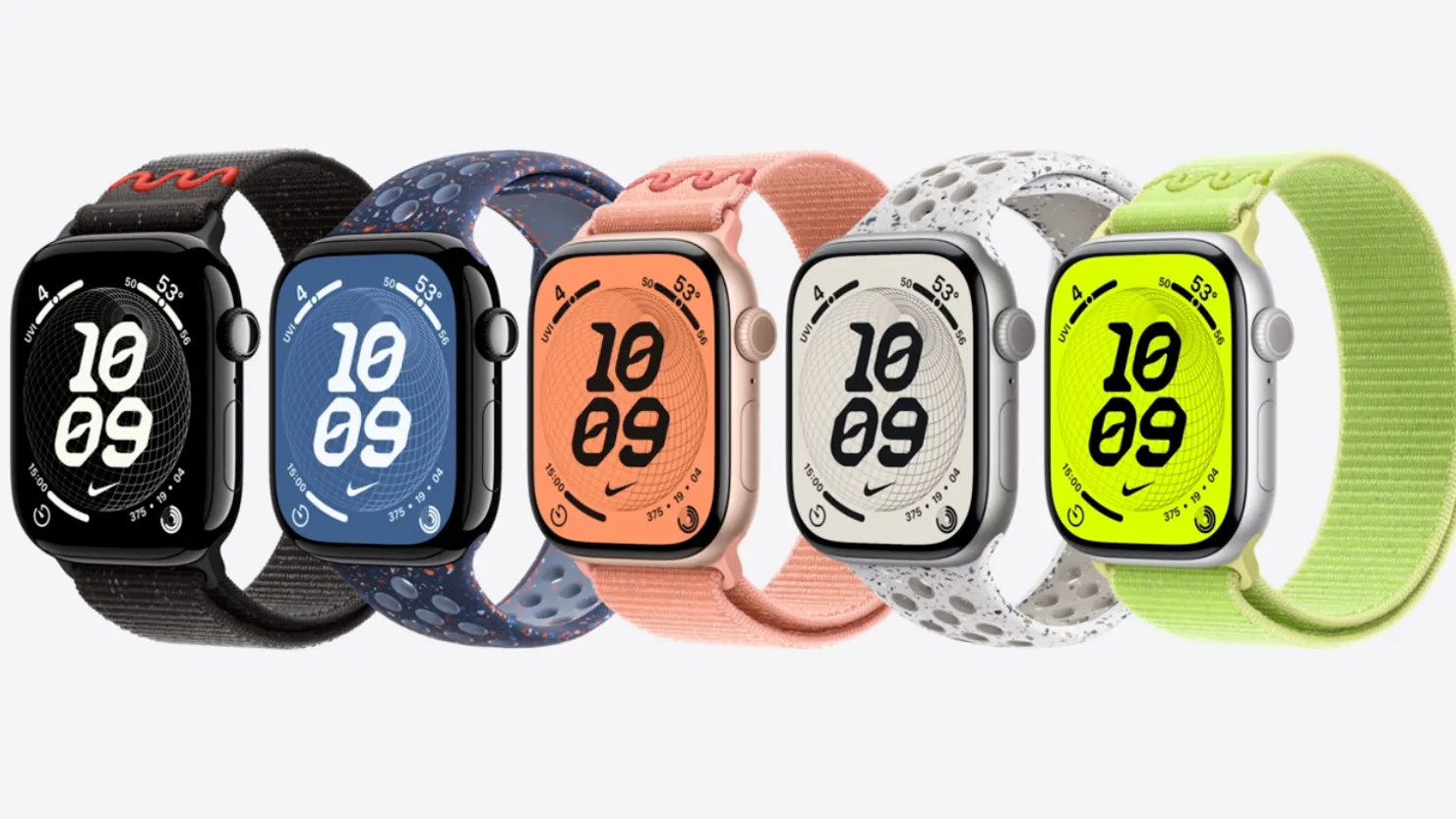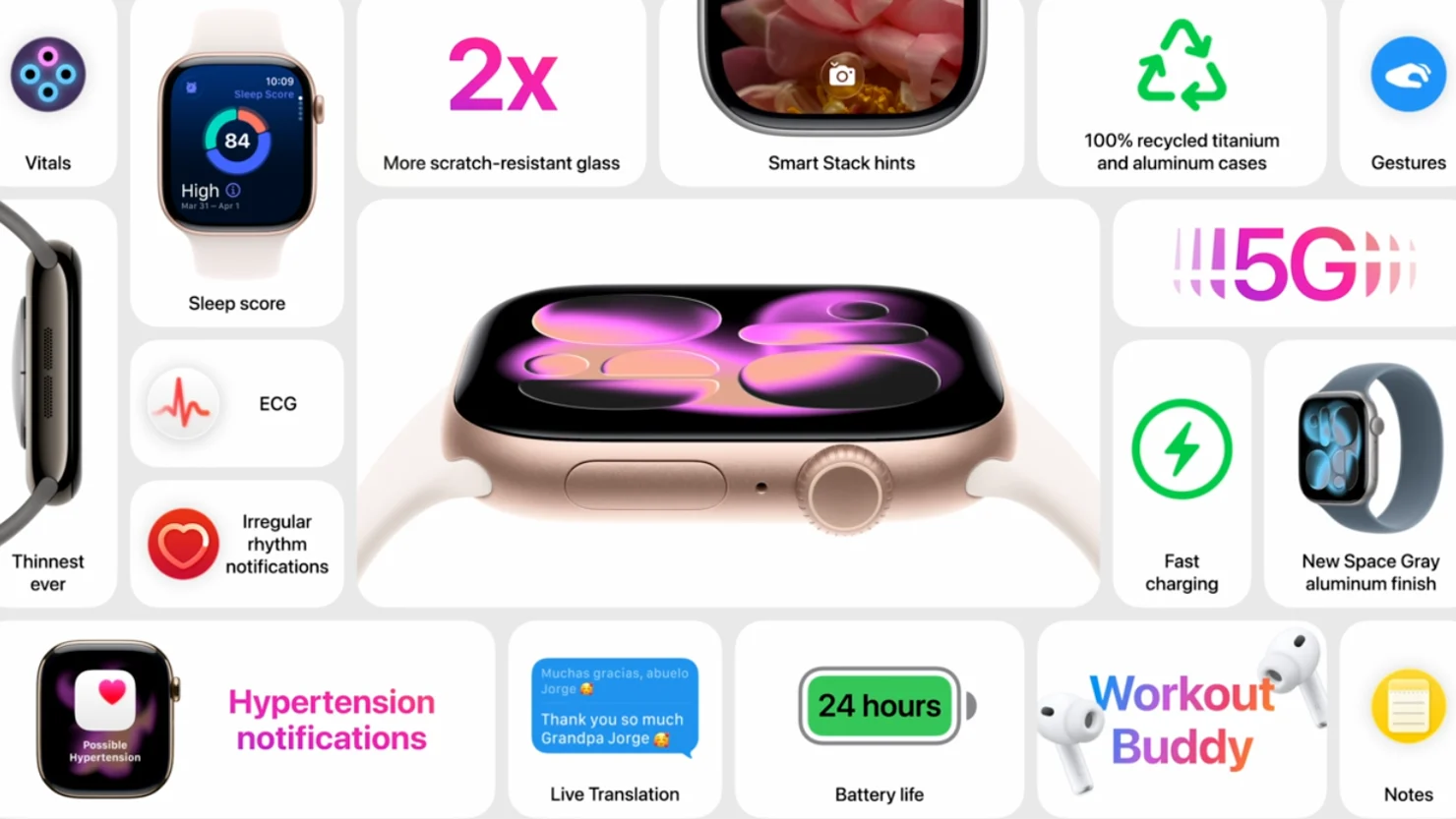Apple’s New Games App: Essential Features and Takeaways for Developers






iPhone 17 range, including the ultra-slim iPhone Air, AirPods Pro 3, new Apple Watch models, and iOS 26 with Liquid Glass and enhanced Apple Intelligence features.
Apple concluded its 9 September 2025 “Awe Dropping” event with an extensive hardware refresh and a significant software release schedule. The highlight devices were the new iPhone 17 range — including the ultra-slim iPhone Air — alongside AirPods Pro 3 and updated Apple Watch models, whilst iOS 26 (featuring Apple’s “Liquid Glass” redesign and enhanced Apple Intelligence features) will begin rolling out in mid-September.
Apple unveiled four iPhone 17 models: the standard iPhone 17, iPhone 17 Pro, iPhone 17 Pro Max, and the new iPhone Air — an exceptionally thin model that Apple describes as the slimmest iPhone yet (approximately 5.6mm).
The Air features a grade-5 titanium frame and is positioned between the standard and Pro models in terms of features and price.

All iPhone 17 models are powered by Apple’s A19 family chips (A19 Pro for higher-end models). Apple highlighted camera enhancements across the range — 48MP main sensors for improved detail, extended telephoto capabilities on Pro models, and an upgraded front-facing “Centre Stage” camera for video calls.

The Pro models also incorporate an advanced thermal design (vapour/liquid cooling) to support intensive workloads and on-device AI tasks.
Apple set UK starting prices in the expected tiers (base iPhone 17 starting around £799, Pro around £1,099, Pro Max higher; iPhone Air starting near £999 for the 256GB base).
Pre-orders and regional rollout timings were announced, with general availability scheduled for mid- to late-September (many products shipping from 19 September).
iOS 26 introduces a striking visual redesign called “Liquid Glass,” alongside upgrades to Phone, Messages, CarPlay, and a new Games app. Apple also showcased enhanced Apple Intelligence capabilities — real-time translation across apps, improved call screening, and on-device visual intelligence that enables system AI to interact with screen content. Apple confirmed iOS 26’s public release for mid-September (release candidate and rollout dates were announced at the event).
Apple positioned iOS 26 as enabling richer on-device AI experiences whilst maintaining privacy standards; third-party apps were demonstrated integrating features such as real-time translation and new UI affordances. Developers can expect updated SDKs and design guidance related to Liquid Glass and the new Apple Intelligence APIs.
AirPods Pro 3 were launched with improved active noise cancellation, extended battery life (Apple quoted several hours’ improvement), real-time translation functionality, and additional earpiece sizes for better fit. Apple also highlighted new sensors (including heart-rate monitoring in some reports) and enhanced audio features.

The Apple Watch lineup welcomed Series 11, an updated Ultra model, and a refreshed SE. New health and safety features (expanded heart and sleep monitoring, hypertension alerts, and satellite connectivity options) were emphasised; some features will require regulatory approval in specific markets.


Apple presented the announcements as a push for the festive season, but analysts noted broader pressures: rising tariffs and geopolitical issues could impact prices and margins, and Apple appears to be continuing efforts to diversify production outside China (including expanding manufacturing in India). Meanwhile, critics observed that AI and Siri-related ambitions saw limited new consumer-facing advancements at the event.
Key releases (hardware and software) are scheduled for mid- to late-September: iOS 26 is set for a September release window with a formal date announced during the event, and new devices are expected to reach customers starting around 19 September in many markets.

Get FREE Optimization Consultation
Let's Grow Your App & Get Massive Traffic!
All content, layout and frame code of all ASOWorld blog sections belong to the original content and technical team, all reproduction and references need to indicate the source and link in the obvious position, otherwise legal responsibility will be pursued.